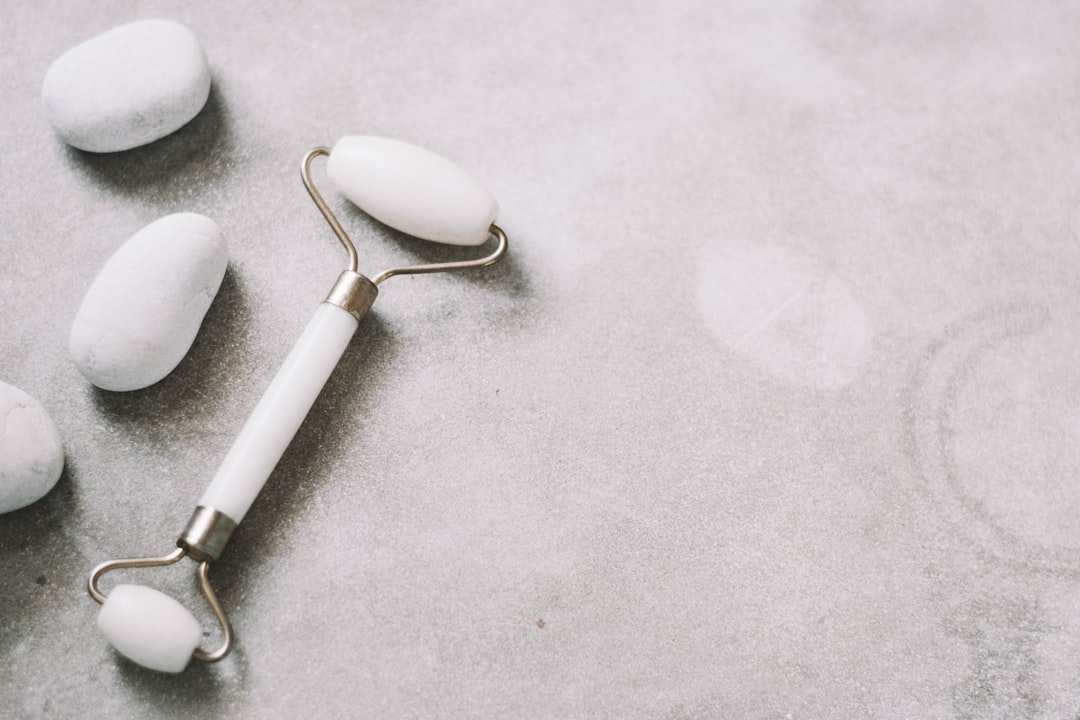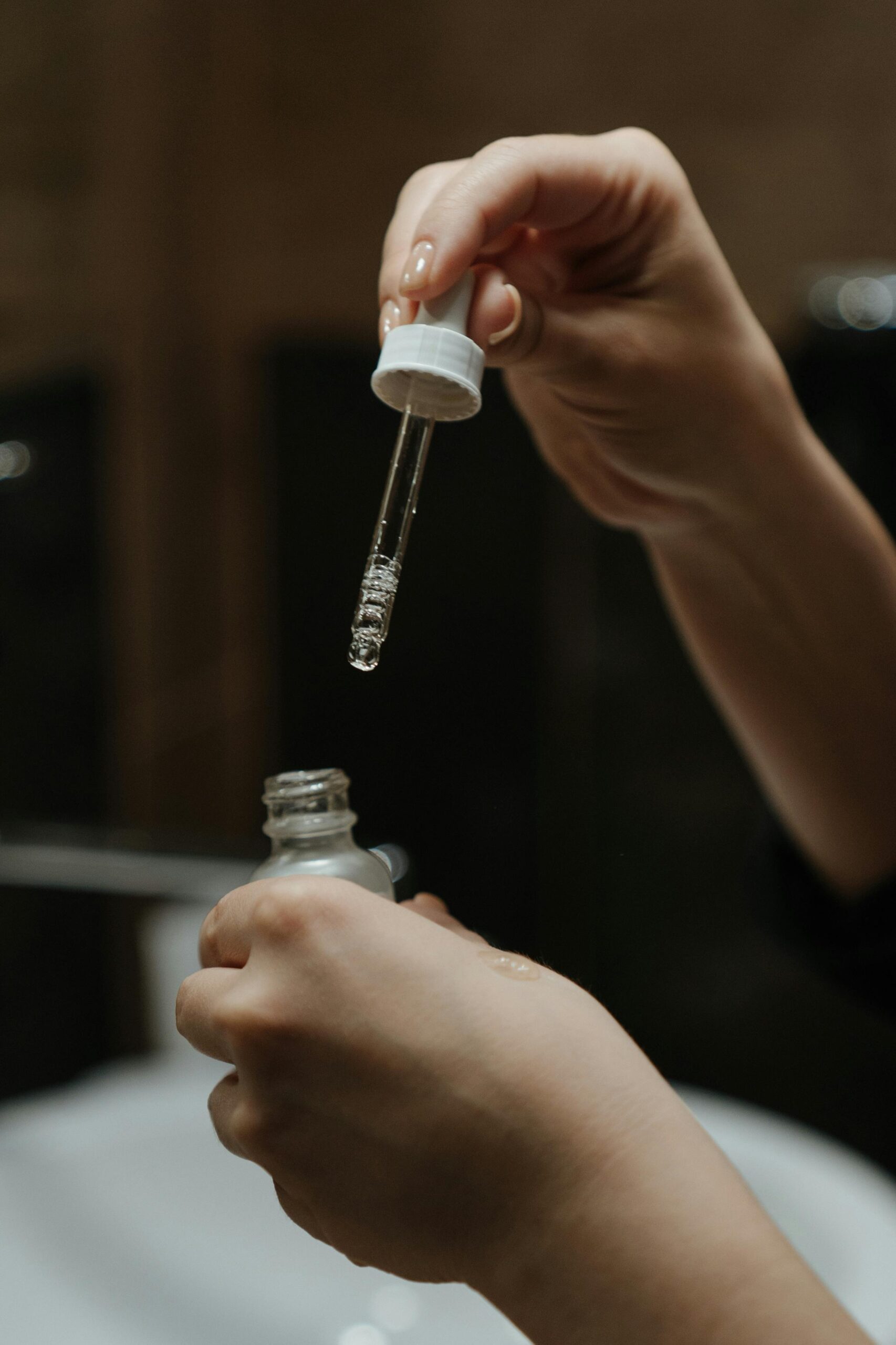Licorice root, derived from the Glycyrrhiza glabra plant, has been revered for centuries not only for its distinctive sweet flavour but also for its myriad health benefits. This perennial herb, native to parts of Europe and Asia, has a rich history in traditional medicine, particularly within Chinese and Ayurvedic practices. The root contains a compound known as glycyrrhizin, which is responsible for its sweet taste and many of its therapeutic properties.
Beyond its culinary uses, licorice root has gained significant attention in the realm of skincare, where it is celebrated for its ability to soothe, brighten, and rejuvenate the skin. As consumers increasingly seek natural alternatives to synthetic ingredients, licorice root has emerged as a popular choice among those looking to enhance their skincare regimens. The growing interest in natural skincare solutions has led to a resurgence in the use of licorice root, with many beauty brands incorporating it into their formulations.
Its versatility makes it suitable for various skin types, including sensitive and acne-prone skin. The root’s anti-inflammatory and antioxidant properties contribute to its effectiveness in addressing a range of skin concerns, from hyperpigmentation to irritation. As we delve deeper into the benefits of licorice root in skincare, it becomes evident that this ancient remedy holds significant promise for those seeking clearer, more radiant skin.
Summary
- Licorice root is a natural ingredient with numerous skincare benefits, including its ability to fade dark spots and even out skin tone.
- Licorice root contains glabridin, which inhibits the production of melanin and helps to fade dark spots and hyperpigmentation.
- Incorporating licorice root into your skincare routine can be as simple as using a licorice root-infused serum or moisturiser.
- In addition to fading dark spots, licorice root also has anti-inflammatory and antioxidant properties, making it a versatile ingredient for clearer, healthier skin.
- While licorice root is generally safe for topical use, it’s important to be aware of potential side effects and precautions, such as avoiding use during pregnancy and consulting a dermatologist if you have any concerns.
The Benefits of Licorice Root in Skincare
Soothing Irritated Skin
When applied topically, licorice root extract can help reduce inflammation and redness, providing immediate relief to distressed skin.
The Science Behind Licorice Root
This soothing effect is largely attributed to the presence of glabridin, a flavonoid found in licorice that inhibits the production of melanin and reduces the activity of tyrosinase, an enzyme involved in melanin synthesis. As a result, licorice root not only alleviates discomfort but also promotes a more even skin tone.
A Multifaceted Ingredient
In addition to its anti-inflammatory benefits, licorice root is also known for its powerful antioxidant properties. Antioxidants play a crucial role in protecting the skin from environmental stressors such as pollution and UV radiation, which can lead to premature ageing and skin damage. By neutralising free radicals, licorice root helps maintain the skin’s youthful appearance and vitality. Furthermore, its ability to enhance skin hydration makes it an ideal ingredient for moisturisers and serums aimed at combating dryness and promoting a healthy complexion. The combination of these benefits positions licorice root as a multifaceted ingredient that can significantly improve overall skin health.
How Licorice Root Fades Dark Spots
One of the most sought-after benefits of licorice root in skincare is its efficacy in fading dark spots and hyperpigmentation. Hyperpigmentation occurs when certain areas of the skin produce excess melanin, leading to discolouration that can be challenging to treat. Licorice root addresses this issue through its active compounds that inhibit melanin production.
By reducing the activity of tyrosinase, licorice root effectively lightens dark spots over time, promoting a more uniform complexion. This makes it an appealing option for those looking to diminish the appearance of sunspots, age spots, or post-inflammatory hyperpigmentation resulting from acne. Moreover, the gradual lightening effect of licorice root is often preferred over harsher chemical treatments that can irritate the skin or cause adverse reactions.
Many individuals are wary of using potent bleaching agents due to their potential side effects; thus, licorice root offers a gentler alternative that can be incorporated into daily skincare routines without causing undue stress to the skin. Regular use of products containing licorice root can lead to noticeable improvements in skin tone and texture, making it a valuable addition for anyone seeking to achieve a brighter and more even complexion.
Incorporating Licorice Root into Your Skincare Routine
Integrating licorice root into your skincare routine can be both simple and rewarding. Many skincare products now feature licorice root extract as a key ingredient, including serums, moisturisers, and masks. To begin incorporating this powerful ingredient, one might start with a serum that contains licorice root extract as one of its primary components.
Serums are typically lightweight and easily absorbed by the skin, allowing for effective delivery of active ingredients. Applying a few drops of a licorice-infused serum after cleansing can help target specific concerns such as dark spots or redness while providing hydration. In addition to serums, consider using cleansers or toners that feature licorice root extract.
These products can help prepare the skin for subsequent treatments while delivering the soothing benefits of licorice right from the start of your routine. For those who enjoy DIY skincare, creating a homemade mask using licorice powder mixed with other natural ingredients like honey or yogurt can provide an extra boost of nourishment and brightening effects. By consistently incorporating licorice root into your regimen, you can harness its full potential for achieving clearer and healthier skin.
Other Skincare Benefits of Licorice Root
Beyond its well-known properties for soothing irritation and fading dark spots, licorice root offers additional skincare benefits that make it a valuable ingredient in beauty formulations. One such benefit is its ability to combat acne due to its antibacterial properties. The presence of glabridin not only helps reduce inflammation but also inhibits the growth of acne-causing bacteria on the skin’s surface.
This dual action makes licorice root an effective treatment for those prone to breakouts, as it addresses both the underlying causes and visible symptoms of acne. Furthermore, licorice root is known for its hydrating properties, which can be particularly beneficial for individuals with dry or dehydrated skin. It helps to maintain moisture levels by preventing transepidermal water loss, ensuring that the skin remains plump and supple.
This hydrating effect is essential for maintaining overall skin health and preventing premature ageing. By incorporating licorice root into your skincare routine, you not only address specific concerns like hyperpigmentation or acne but also promote a more balanced and hydrated complexion.
Potential Side Effects and Precautions
Understanding the Safety of Licorice Root
While licorice root is generally considered safe for topical use, it is essential to be aware of potential side effects and precautions associated with its application. Some individuals may experience allergic reactions or sensitivity when using products containing licorice extract. It is advisable to conduct a patch test before fully incorporating any new product into your routine; this involves applying a small amount of the product on a discreet area of skin and monitoring for any adverse reactions over 24 hours.
Identifying and Managing Adverse Reactions
If redness, itching, or irritation occurs, it may be best to avoid using that particular product. Additionally, those with specific medical conditions or who are pregnant should consult with a healthcare professional before using licorice root products. High doses of glycyrrhizin can lead to elevated blood pressure or other health issues when ingested; however, topical applications are generally considered safe when used as directed.
Minimising Risks and Maximising Benefits
Being informed about these potential side effects allows users to enjoy the benefits of licorice root while minimising any risks associated with its use.
Choosing the Right Licorice Root Products
When selecting licorice root products for your skincare routine, it is crucial to consider several factors to ensure you are choosing high-quality formulations that deliver effective results. First and foremost, look for products that list licorice root extract prominently among their ingredients; this indicates that the formulation contains a sufficient concentration of the active ingredient to provide noticeable benefits. Additionally, consider opting for products that are free from harsh chemicals or artificial fragrances that could irritate sensitive skin.
It is also beneficial to choose products from reputable brands known for their commitment to quality and transparency in ingredient sourcing. Reading reviews and seeking recommendations can help you identify effective formulations that have worked well for others with similar skin concerns. Furthermore, consider your specific skincare needs—whether you are targeting hyperpigmentation, acne, or dryness—and select products tailored to address those issues effectively.
By making informed choices about the licorice root products you incorporate into your routine, you can maximise the potential benefits for your skin.
Harnessing the Power of Licorice Root for Clearer Skin
In conclusion, licorice root stands out as a remarkable ingredient in the world of skincare due to its extensive range of benefits and versatility. From soothing irritated skin to fading dark spots and combating acne, this ancient remedy has proven itself as an effective solution for various skin concerns. Its natural properties make it an appealing alternative to harsher chemical treatments, allowing individuals to achieve clearer and healthier skin without compromising on safety or comfort.
As consumers continue to seek out natural ingredients that deliver real results, licorice root is poised to remain a staple in many skincare routines. By understanding how to incorporate this powerful ingredient effectively and being mindful of potential side effects, individuals can harness the full potential of licorice root in their quest for radiant skin. With consistent use and careful selection of quality products, achieving a brighter complexion may be more attainable than ever before—thanks to the enduring power of licorice root.
FAQs
What is licorice root?
Licorice root is the root of the Glycyrrhiza glabra plant, which is native to Europe and Asia. It has been used for centuries in traditional medicine and as a flavouring agent in food and beverages.
How does licorice root help in fading dark spots?
Licorice root contains an active compound called glabridin, which has been shown to have skin-lightening properties. Glabridin inhibits the production of melanin, the pigment responsible for dark spots, and helps to fade existing dark spots over time.
Is licorice root safe for all skin types?
Licorice root is generally considered safe for all skin types, including sensitive skin. However, it is always recommended to do a patch test before using any new skincare ingredient, especially if you have sensitive skin or allergies.
How can licorice root be used to fade dark spots?
Licorice root extract can be found in various skincare products such as serums, creams, and spot treatments. It can also be used in its raw form by making a DIY face mask or toner. It is important to use licorice root as directed and to be consistent with its use to see results.
Are there any potential side effects of using licorice root on the skin?
Licorice root is generally safe for topical use, but some people may experience mild irritation or allergic reactions. It is important to discontinue use if any adverse reactions occur and to consult a dermatologist if needed.




